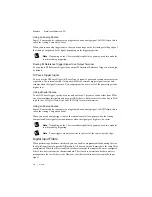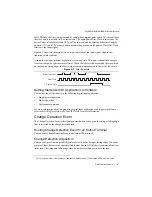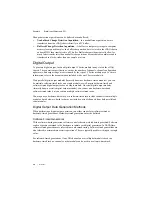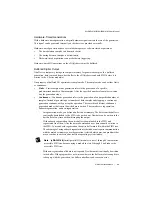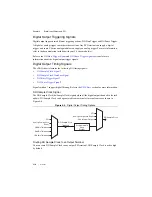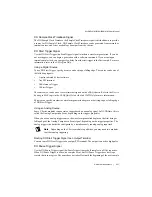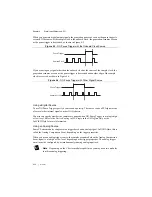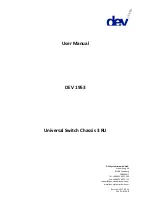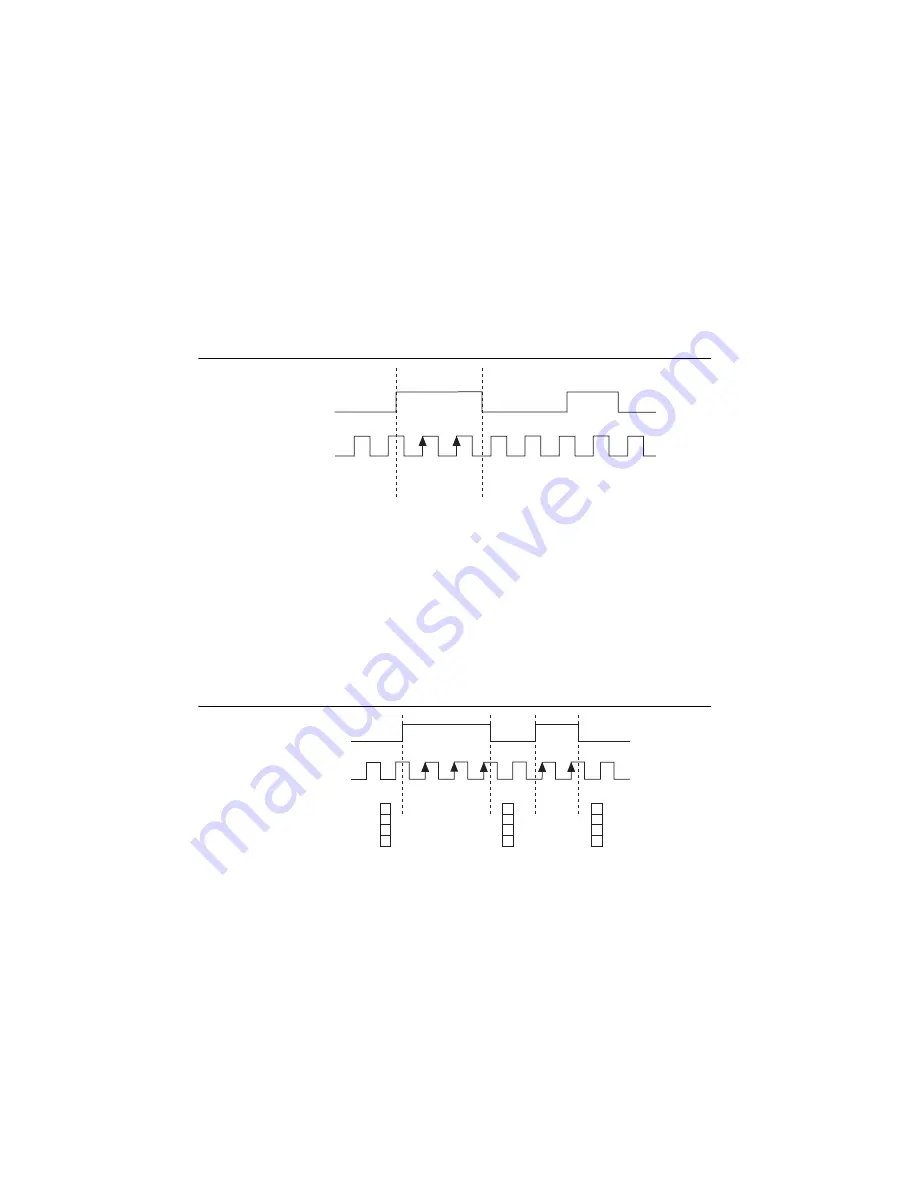
5-6
|
ni.com
Chapter 5
Counters
Single Pulse-Width Measurement
With single pulse-width measurement, the counter counts the number of edges on the Source
input while the Gate input remains active. When the Gate input goes inactive, the counter stores
the count in the FIFO and ignores other edges on the Gate and Source inputs. Software then reads
the stored count.
Figure 5-5 shows an example of a single pulse-width measurement.
Figure 5-5.
Single Pulse-Width Measurement
Implicit Buffered Pulse-Width Measurement
An implicit buffered pulse-width measurement is similar to single pulse-width measurement, but
buffered pulse-width measurement takes measurements over multiple pulses.
The counter counts the number of edges on the Source input while the Gate input remains active.
On each trailing edge of the Gate signal, the counter stores the count in the counter FIFO. The
STC3 transfers the sampled values to host memory using a high-speed data stream.
Figure 5-6 shows an example of an implicit buffered pulse-width measurement.
Figure 5-6.
Implicit Buffered Pulse-Width Measurement
Sample Clocked Buffered Pulse-Width Measurement
A sample clocked buffered pulse-width measurement is similar to single pulse-width
measurement, but buffered pulse-width measurement takes measurements over multiple pulses
correlated to a sample clock.
S
OURCE
GATE
Co
u
nter V
a
l
u
e
L
a
tched V
a
l
u
e
1
0
2
2
S
OURCE
GATE
Co
u
nter V
a
l
u
e
B
u
ffer
1
0
3
3
2
2
1
2
3
3
2

